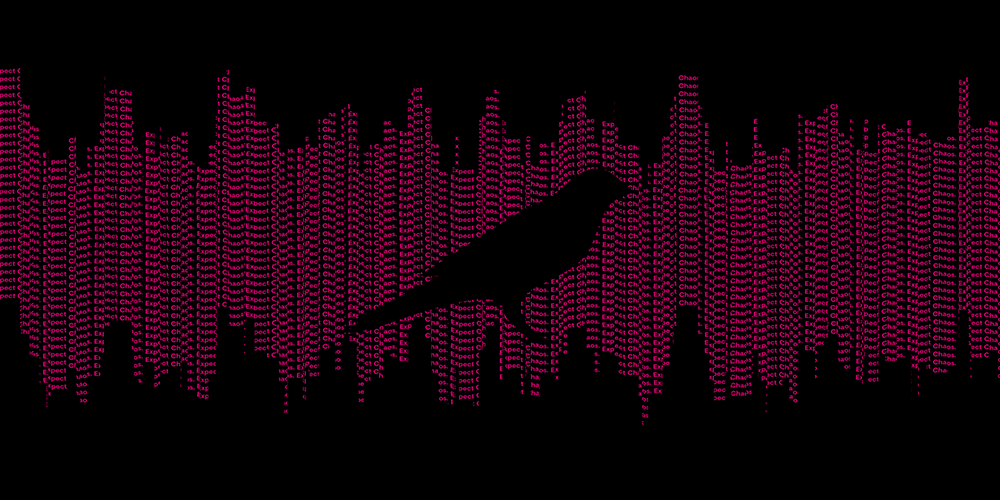While can launch and control their Blockchain applications using these Polkadot or Kusama as the core, and the two networks share the same codebase, overall Polkadot and Kusama are two independent, standalone networks.
What makes them stand out is the future possibility of creating a single global network by connecting the two blockchains through a bridge allowing cross-chain interoperability. In the siloed network of Blockchain applications that exist today, this interoperability plays a significant role.

Kusama is also titled as a “canary network” for Polkadot. It means that all the new features and codes are tested on Kusama before they are launched on Polkadot. However, at the same time, this fact might give an impression of Kusama being the testnet because, unlike a testnet, Kusama is a host of economic value, which means that it is just ground zero for the innovative features.
Developers use Kusama and Polkadot to create, establish, and integrate Parachains, the custom Blockchain networks that are a part of a bigger ecosystem.
Evaluating Kusama and Polkadot
Similarities
The main similarity between Polkadot and Kusama is the codebase. Both the networks have identical codebases. Kusama is the beta version of the same code that goes in Polkadot. Since Polkadot is more widely used, this allows the Polkadot ecosystem to remain robust as every critical change is first implemented and evaluated in the Kusama network.
On the other hand, this gives Kusama an edge over Polkadot as new functionalities are implemented here first, so it attracts enthusiastic developers.

Apart from this, other significant similarities between the two Blockchains lie in their core concepts. For instance, the on-chain governance model of the two Blockchains is also identical.
Both the networks also have decentralized governance, which means anyone who owns the native token of the network (DOT for Polkadot and KSM for Kusama) can participate in the network-related decisions and becomes a critical part of the network.
Differences
The fundamental difference that differentiates Polkadot and Kusama is the nature of development on these platforms. While Kusama is primarily used to test new ideas and develop the latest functionalities, Polkadot develops more production-ready applications both on public and private networks. In addition, polkadot can exchange customized assets and data, while Kusama is capable of quick implementations with less overhead.
This further leads to the fact that Polkadot offers a more secured, stable, and robust environment with structured upgrades and governance than Kusama.
Speed
With security comes certain trade-offs. For example, while Polkadot focuses more on security, it sacrifices speed. As a result, Kusama is four times faster than Polkadot. This means that the stakeholders need to be very active and watchful to stay updated about all the proposals. In addition, the validators need to update on short notice on Kusama.
On Polkadot, Votes last for 28 days, followed by a 28-day enactment procedure. The Kasuma Blockchain is not faster in terms of transactions or faster block times, but the time taken for governance events is comparatively shorter than Polkadot.

Value addition
If Polkadot is being used for a Blockchain application development, the primary value addition offered by the platform is in terms of stability, security, and governance. Since the on-chain governance model is robust and well-structured, every upgrade of the network is stable. Furthermore, the availability of proper validation ensures that the platform is more secured.
Kusama, on the other hand, focuses more on easy development. It has low barriers to entry as the para chain development can be a little overwhelming even for a skilled developer. Therefore, Kusama offers the developers a chance to get started with the concept of parachains quickly. There are also low bond requirements for validators and less waiting time for new upgrades.
Vision
Polkadot aims to create a digital network where individual Blockchain creators are empowered rather than leaving them dependent on singular Blockchain platforms. It allows users to create their custom Blockchains, Blockchain applications and then connect them under one umbrella. According to its design, Polkadot offers the development of a relay chain and a parachain. The relay chain stores the transactional data while the parachains are the primary blockchains connected in the Polkadot ecosystem.

Kusama shares the same vision as Polkadot with a bit of twist. Kusama aims to simplify mass adoption of interoperability which is why it focuses more on user experience.
Monetary policy
The supply of the native tokens on Polkadot (DOT) is uncapped. DOT is inflationary. Initially, 10 million DOTs were created and released by Polkadot, and new tokens were released at a predetermined inflation rate.
The tokens on Kusama (KSM) are capped. This means that there will be only 10 million KSM tokens forever.
Applications
Polkadot is and will continue to be the principal network for enterprise-level decentralized applications and those involving high-value transactions. This covers applications that require bank-level security and reliability.

Kusama allows the developers to test their theories and innovation on a live, completely decentralized network before making any major changes to the Polkadot Blockchain. In the future, Kusama is more likely to be a place where we will witness the expansion of the innovative side of the Blockchains.
Final thoughts
Despite the difference, Polkadot and Kusama are believed to be similar types of Blockchains, to build a decentralized yet interconnected future. Both of the Blockchains share the common goal of creating an interoperable network. While Kusama provides additional support for innovation and easy development, Polkadot caters to the enterprise world.
In a way, both of these Blockchains together cater to the two most critical segments of the Blockchain world with their independent networks with their community, governance, and native token. We take a look at staking each and how they differ in our comparison series that takes a look at two projects side by side.









